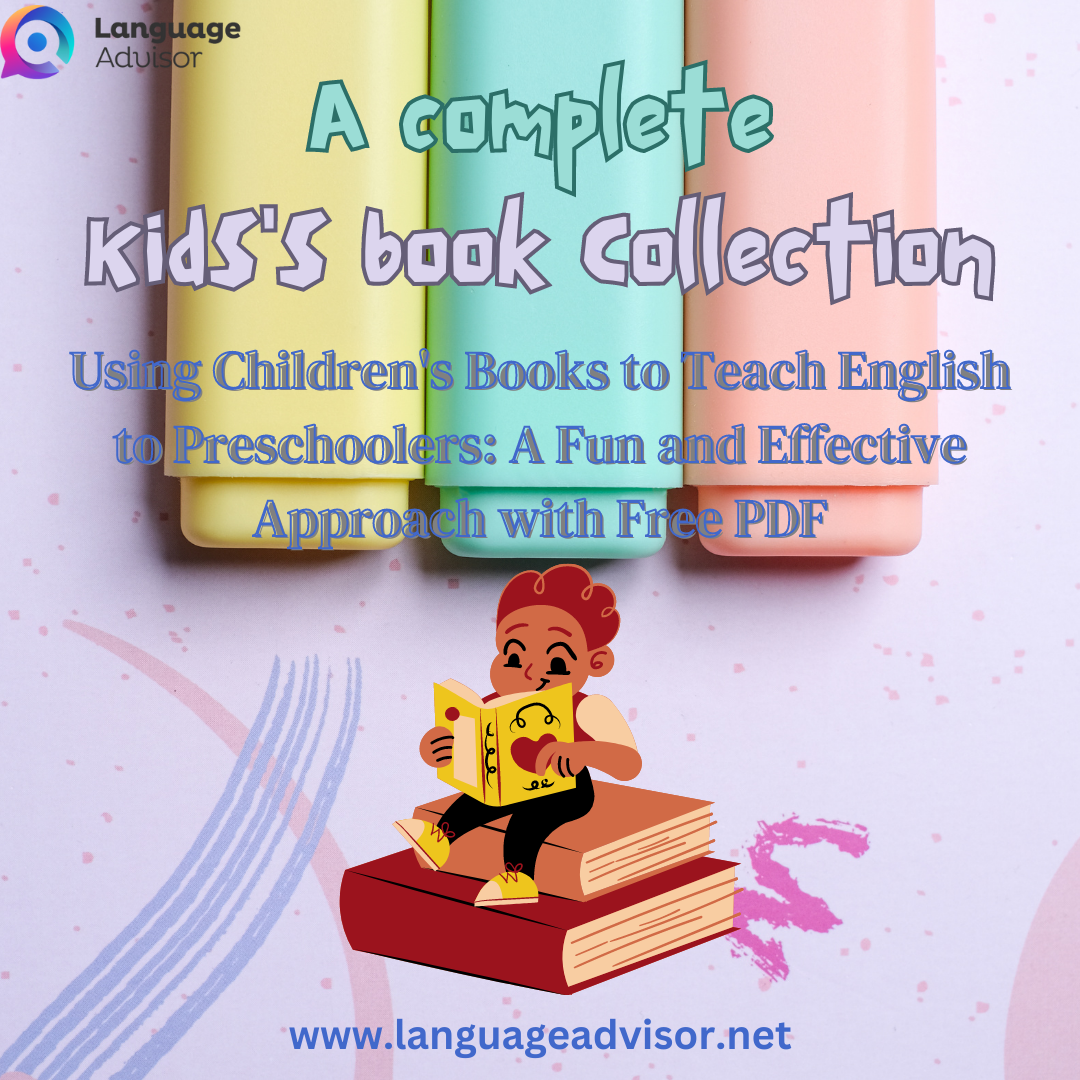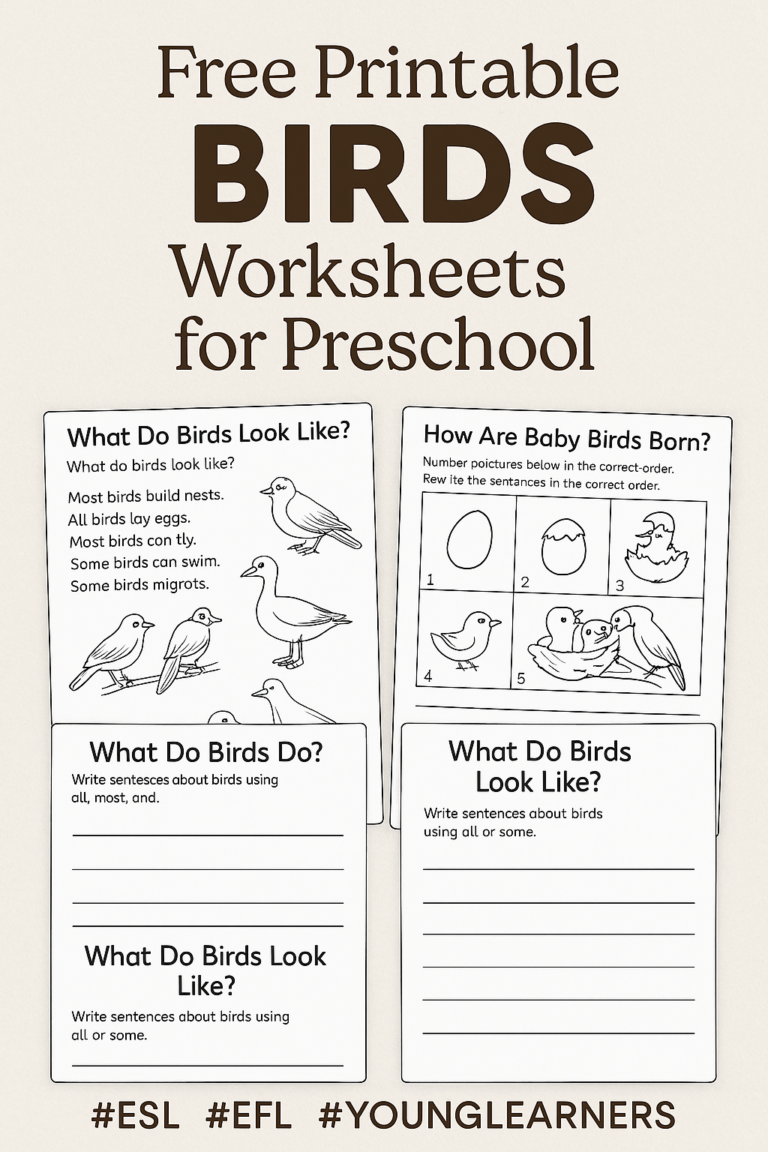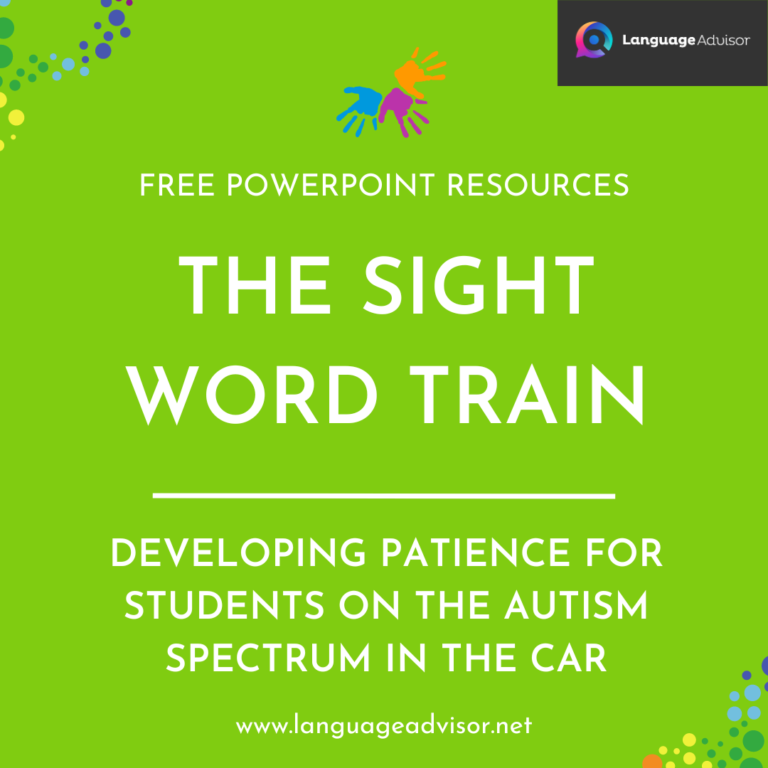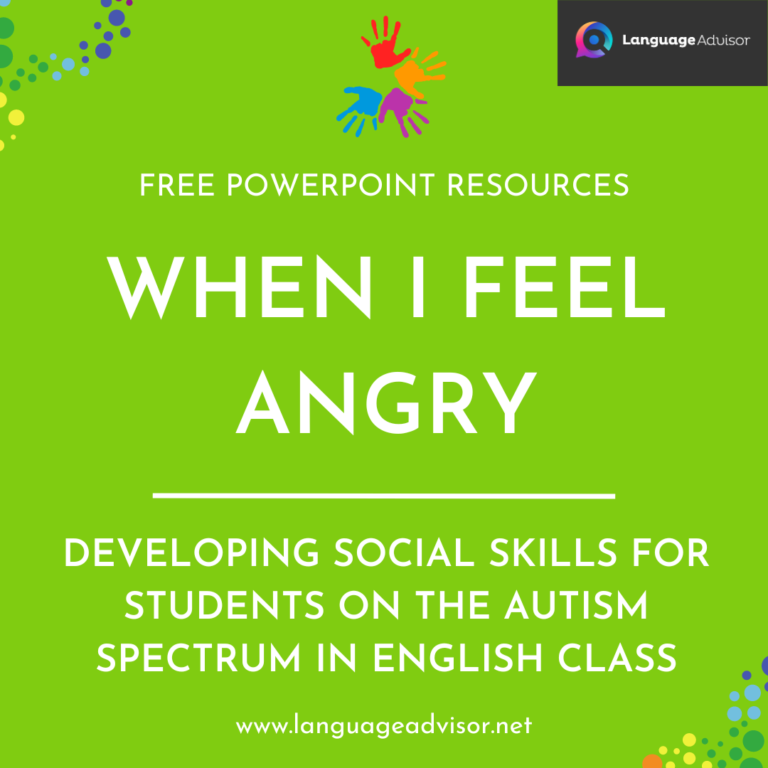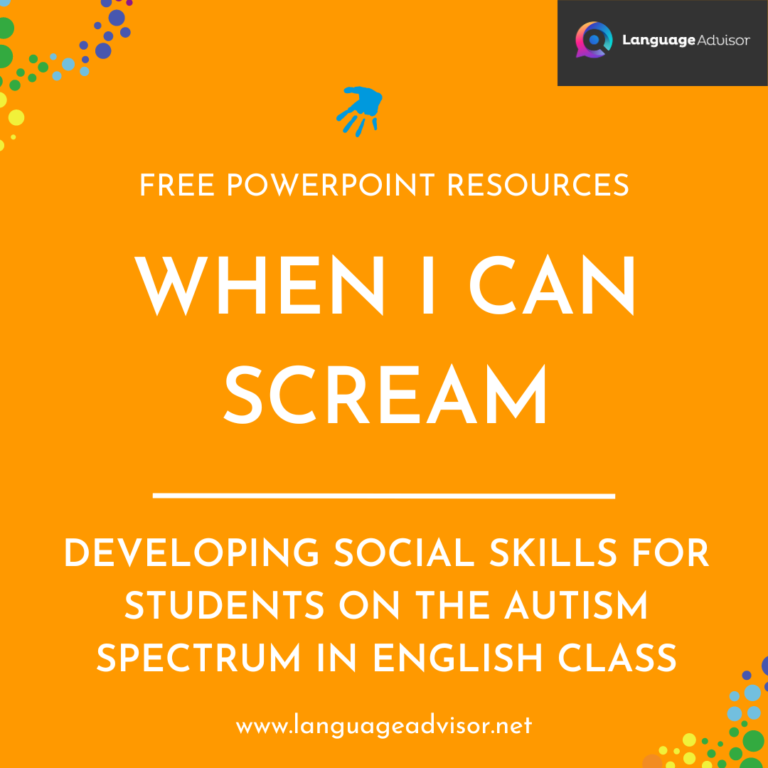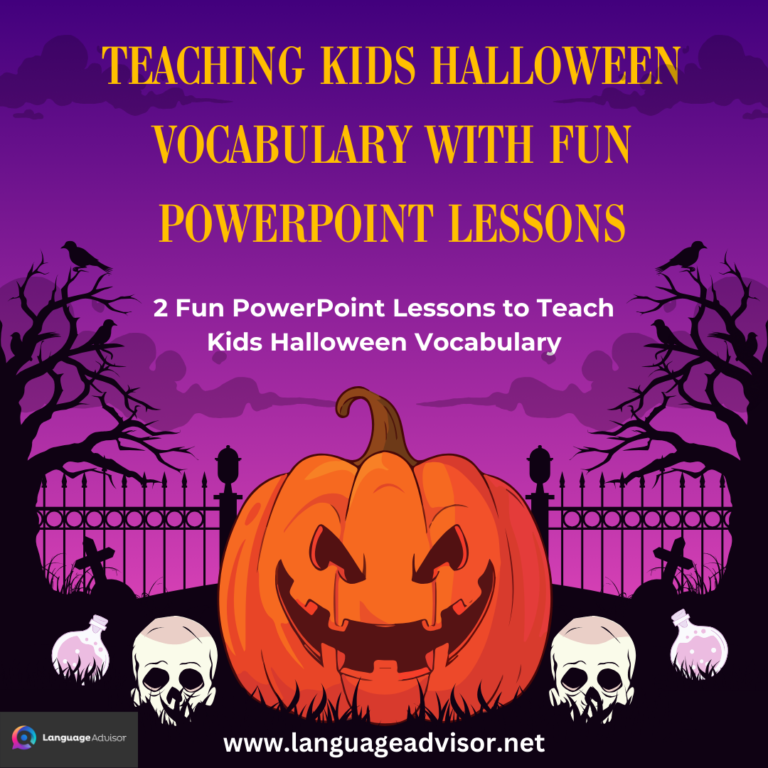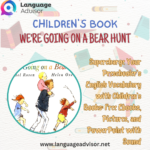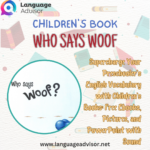Kids’s book Collection – Using Children’s Books to Teach English to Preschoolers: A Fun and Effective Approach with Free PDF
Kids’s book Collection

Preschool is a crucial time for children’s language development, and what better way to foster their English language skills than through the magical world of children’s books? Storytelling not only captivates young minds but also provides an ideal platform for learning new vocabulary, building comprehension, and enhancing communication skills.
Selecting Appropriate Books:
When choosing children’s books for teaching English, it’s essential to consider the age and interests of the preschoolers. Opt for colorful, engaging, and interactive books with simple language and relatable themes. Look for books that introduce basic vocabulary, repetitive phrases, and rhymes, as they facilitate language acquisition and retention. Additionally, consider incorporating diverse stories and characters to promote inclusivity and cultural awareness.
Read Aloud with Enthusiasm:
Reading aloud plays a pivotal role in language development. Preschoolers are captivated by the rhythm, melody, and expressive voices used during storytelling. As an educator or parent, infuse enthusiasm, varied intonations, and animated gestures to bring the characters and narrative to life. This approach sparks children’s curiosity, encourages active listening, and fosters a love for language and literature.
Focus on Vocabulary Expansion:
Children’s books provide ample opportunities for vocabulary expansion. As you read, pause to explain the meaning of new words using simplified language or visual aids. Encourage children to ask questions, discuss the story, and relate the new vocabulary to their personal experiences. Repetition is key, so revisit the new words throughout the day or week to reinforce learning.
Embrace Interactive Elements:
Many children’s books incorporate interactive elements like lift-the-flap, touch-and-feel, or pop-up features. These interactive elements make the reading experience engaging and multisensory, enhancing language learning. Encourage children to participate actively by inviting them to interact with the book, ask questions, and make predictions. This interactive approach fosters language expression and comprehension skills.
Incorporate Story Extensions:
Extend the learning beyond the book by integrating activities related to the story. Crafts, role-playing, or games based on the characters or themes can reinforce language skills and deepen understanding. For example, after reading a book about animals, organize a “Zoo Day” where children imitate animal sounds, create animal masks, or play a matching game with animal flashcards. These extensions make language learning enjoyable and memorable.
Encourage Story Retelling:
After reading a book multiple times, encourage preschoolers to retell the story in their own words. This activity enhances language production, improves narrative skills, and boosts confidence. Provide visual aids, storyboards, or puppets to support their retelling process. It’s important to focus on comprehension rather than perfect grammar at this stage, allowing children to express themselves freely.
Foster a Love for Reading:
Instilling a love for reading is crucial for long-term English language development. Set up a cozy reading corner in the classroom or at home, stocked with a variety of age-appropriate books. Encourage preschoolers to explore books independently and create opportunities for them to share their favorite stories with others. Visiting the library or organizing book-sharing sessions can further nurture their enthusiasm for reading.
Conclusion:
Children’s books serve as powerful tools for teaching English to preschoolers, combining the joy of storytelling with effective language learning. By carefully selecting books, reading aloud with enthusiasm, expanding vocabulary, embracing interactive elements, incorporating story extensions, encouraging retelling, and fostering a love for reading, educators and parents can create a nurturing environment where language skills.
Here is a kid’s book collection
All downloads are in PDF format

Check out more tips, resources, and inspiration on our blog for kids!


